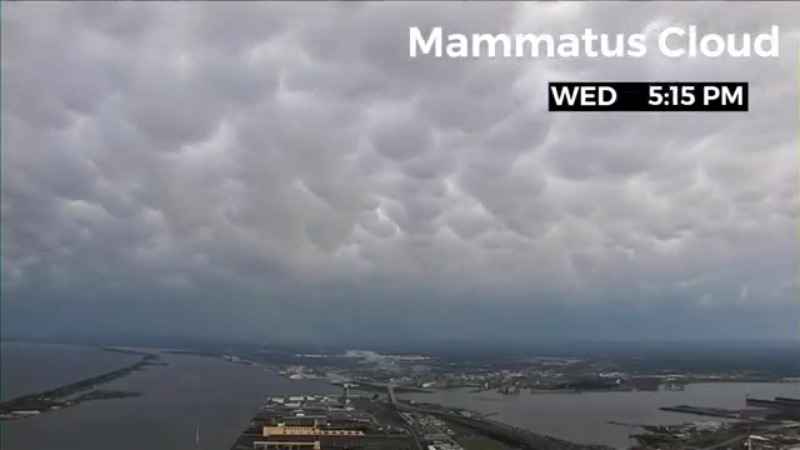Weatherz School: Cloud phenomena

We’ve discussed the ten basic cloud types categorized by height. Most of the clouds we see represent one of these groups in various stages of development or cloud cover. Some cloud phenomena demand special classification.
Fog is technically a cloud on the ground. It either lifts from the surface and becomes stratus, or dissipates with heat from the sun.
A wall cloud is a rotating lower cloud base within the area of strongest updraft. Be wary of wall clouds; tornadoes can form under them.
A shelf cloud is a low ominous cloud caused by the air flowing out of a thunderstorm.
Asperitas clouds are wavy ripples in the underside of the cloud. They form near the boundary between the dry and moist air of a thunderstorm.
Mammatus are small pouch-shaped clouds caused by moisture laden air sinking into drier air near thunderstorms.
Lenticular clouds are a type of altocumulus cloud that is formed by air moving over hills or mountains.
Virga is precipitation that evaporates before reaching the surface.
Clouds come in all kinds of shapes in sizes. Fortunately, here in the Northland, we get to take in a little bit of everything.